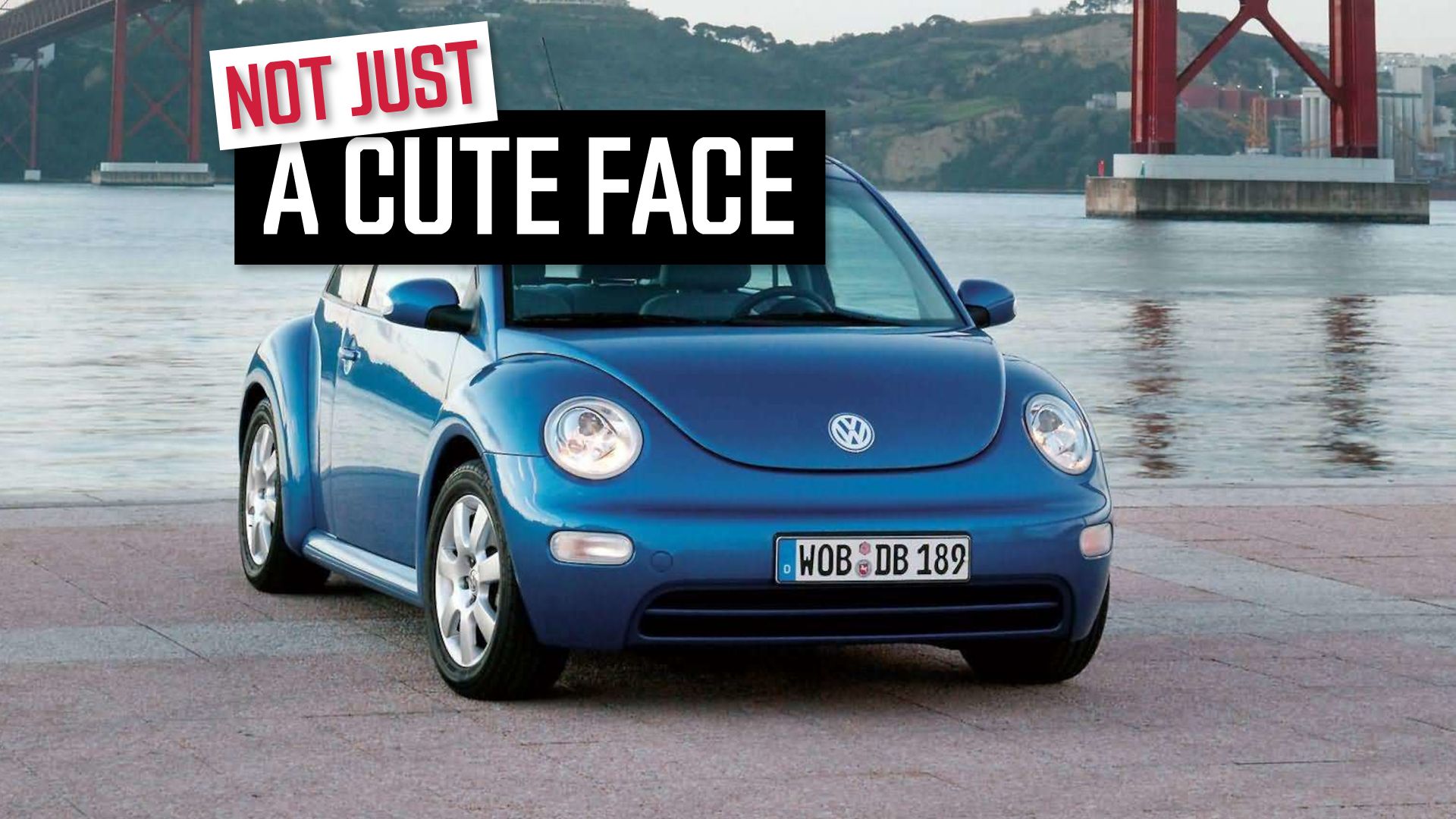Following on from our dive into oddball hot hatches, let’s take a look at some more general unconventional performance variants that have rolled off of a factory floor. Let’s also remember that a product planner conceived of these ideas, someone gave the green light, then engineers planned and executed them, and whether they were great or not, we’re all better off for them existing. Unfortunately, as time goes by, automakers have become more rigid as shareholder then accounting demands everything produced either makes money or acts as a halo car to bring people to the brand. So, we should celebrate this kind of eclecticism while we can.
Toyota Corolla 1.8 VVT Compressor
We’ll open with a hot hatch we missed in the last piece, which is criminal as, in 2005, Toyota produced a Corolla from the factory in Europe with a supercharger. The Toyota Corolla 1.8 VVT Compressor used the T Sport versions 1.8-liter engine making 189 horsepower, but with a supercharger strapped on, it boosted power to 215 hp and 158 pound-feet of torque. Unfortunately, the zero to 60 mph time was only 6.9 seconds, which was fair for a hot hatch in 2005, but something as out there as a Corolla with a supercharger should have been quicker.
Nissan Juke Nismo RS
Nismo is a legendary name in performance car culture. The Nissan Juke was a funny-looking baby family crossover. Combining the two together made something confusingly wonderful. The standard Nismo retained the base model’s 188-horsepower turbocharged four-cylinder engine, but the RS cranked things up to 215 hp, came with all-wheel-drive and a short-shifting manual transmission. Nismo ticked all the boxes for a hot hatch, including twin-tube KYB dampers, a limited-slip differential, bigger brakes with vented rotors, and Recaro racing seats. The result was something that was crazy fun if you grabbed it by the scruff of the neck, and, if you’re versed in left-foot braking, could be made to dance.
Toyota Avalon TRD
The Toyota Avalon has been discontinued, which is a shame as it was underappreciated. In a world of full-size sedans that insist on being sporty, the Avalon delivered Camry-level reliability with more space and overall comfort. Then, for some reason, Toyota handed it over to its TRD department to add bigger wheels, bigger brakes, and a stiffer suspension setup. What they didn’t do, however, is touch the tried-and-tested 3.5-liter V6 engine, which made 301 horsepower in a relaxed fashion. It’s a head-scratcher at first but, in reality, there was nothing wrong with the Avalon TRD – it was still lovely and quiet inside, the ride quality held up, and it could be driven a bit faster on a back road. It’s a bit of a rare beast now, though.
Dodge Durango SRT Hellcat
The Dodge Durango is an aging mid-size, V6 or V8-powered crossover that has lasted so long because it’s durable, comfortable, and a great boat hauler. It makes no sense with its body-on-frame construction as a performance SUV, but that didn’t stop Dodge’s SRT department from making some chassis upgrades and dropping its 710-horsepower 6.2-liter supercharged HEMI V8 Hellcat lump into the engine bay. On top of crazy horsepower, it has 645 pound-feet of torque but can’t tow more than a regular V8 Durango.

Related
The Dodge Durango Hellcat Lawsuit Saga Still Isn’t Over
The lawsuit was filed more than two years ago.
However, it’s hilariously fast to the point of absurdity and absolutely needs its large Brembo brake system and performance tires wrapped around 20-inch wheels to slow it down again. If you want to give a passenger a second shock after hitting 60 mph in under four seconds, the 5,534-pound Durango Hellcat will come to a stop from 70 mph in just 165 feet.
Volkswagen Beetle RSi
While the incredibly limited Volkswagen Beetle RSi is an oddball, there was a method behind the madness in 2000. The madness was a Volkswagen Beetle endowed with a 3.2-liter VR6 engine, a six-speed manual transmission with a very short short-shifter, all-wheel-drive, fixed-back Recaro racing seats, a Remus twin-tip exhaust system, a widebody kit with a huge spoiler on the back, a set of OZ Superturismo wheels, and suspension that the grapevine suggested Porsche had a large hand in tuning. Oh, and the cute little dashboard flower was replaced with an LED shift light.

Related
It’s Time We Gave The Volkswagen New Beetle The Respect It Deserves
VW reinvented an icon and we’ve wasted it.
The method was that the 250 Volkswagen Beetle RSi models built were a production testbed for the now-legendary Golf R32. The R32 generation Golf got a little bump in horsepower from the Beetle’s 221 horsepower, but didn’t retain the sheer absurdity of the widebody, whale-tailed Beetle RSi. While it wasn’t a homologation model, it was, basically, a road-going version of the race cars used in the one-marquee New Beetle Cup series.
Toyota GR Yaris
The one way crazy oddballs can slip through the accountant’s fingers and onto the road is by homologation. The GR Yaris is one of those, and it’s an unholy little car. The Yaris is a small, cheap, front-wheel drive, tiny city runaround car with a three-cylinder engine making under 100 hp. The GR Yaris is an expensive, small, all-wheel drive hot hatch with a little over 280 hp from its turbocharged three-cylinder engine. In fact, it’s barely a Yaris. It’s a rally car adapted to be a road car to the point where Tommi Mäkinen, Toyota’s WRC boss, had to be told to put the rear seats in the road version. For homologation, the regulations say that the rear doors can’t have any aerodynamic devices fitted, so GR just did away with the doors.

Related
Another homologation rule is that 25,000 units have to be built to sell to the public. However, that rule is largely ignored. Toyota didn’t ignore it, so the GR Yaris is out there with the lightest all-wheel drive system on the market and the most powerful production three-cylinder engine in the world hydraulically mounted under the hood. It already weighs just 2,822 pounds, but there’s a Light Package variant out there that weighs 2,447 pounds.
Dodge Neon SRT-4
The Dodge Neon was FCA’s answer to the Honda Civic and Toyota Corolla, but the reason you don’t see them on the road anymore is because the majority of them rusted away while the engines fell apart. It was not a great car with a great future, which is why an SRT version made little sense in 2003. However, Tom Gail (then Executive Vice President of Chrysler Product Development and Design), who headed design for the legendary Viper, was at SEMA one year and decided Dodge should make a version of the Neon that would appeal to the younger tuner generation. It didn’t, but the now official SRT department turned out one hell of a race car.

Related
The First Cars To Break Every Important Speed Record
From 60 to 300 mph, these are the cars that did it first.
The Neon SRT dominated national Autocross for years, owned its class in SCCA ProRally, and was one of the most successful platforms in the SCCA SPEED World Challenge, and took a series win in the US Touring Car Championship.
A tuned version reached an average of 221 mph on the Bonneville Salt Flats in Utah in 2006, making it the world’s fastest production 4-cylinder car. The car returned in 2012 and recorded an average speed of 226 mph. It was also the second-fastest stock production vehicle in the Chrysler and Dodge lineup in 2003, following the Viper. The Neon SRT in its final form made 230 hp on paper from its 2.4-liter turbocharged four, but independent tests showed Dodge was sandbagging by 30 hp. It truly is the car on this list that had no right to be that good.








